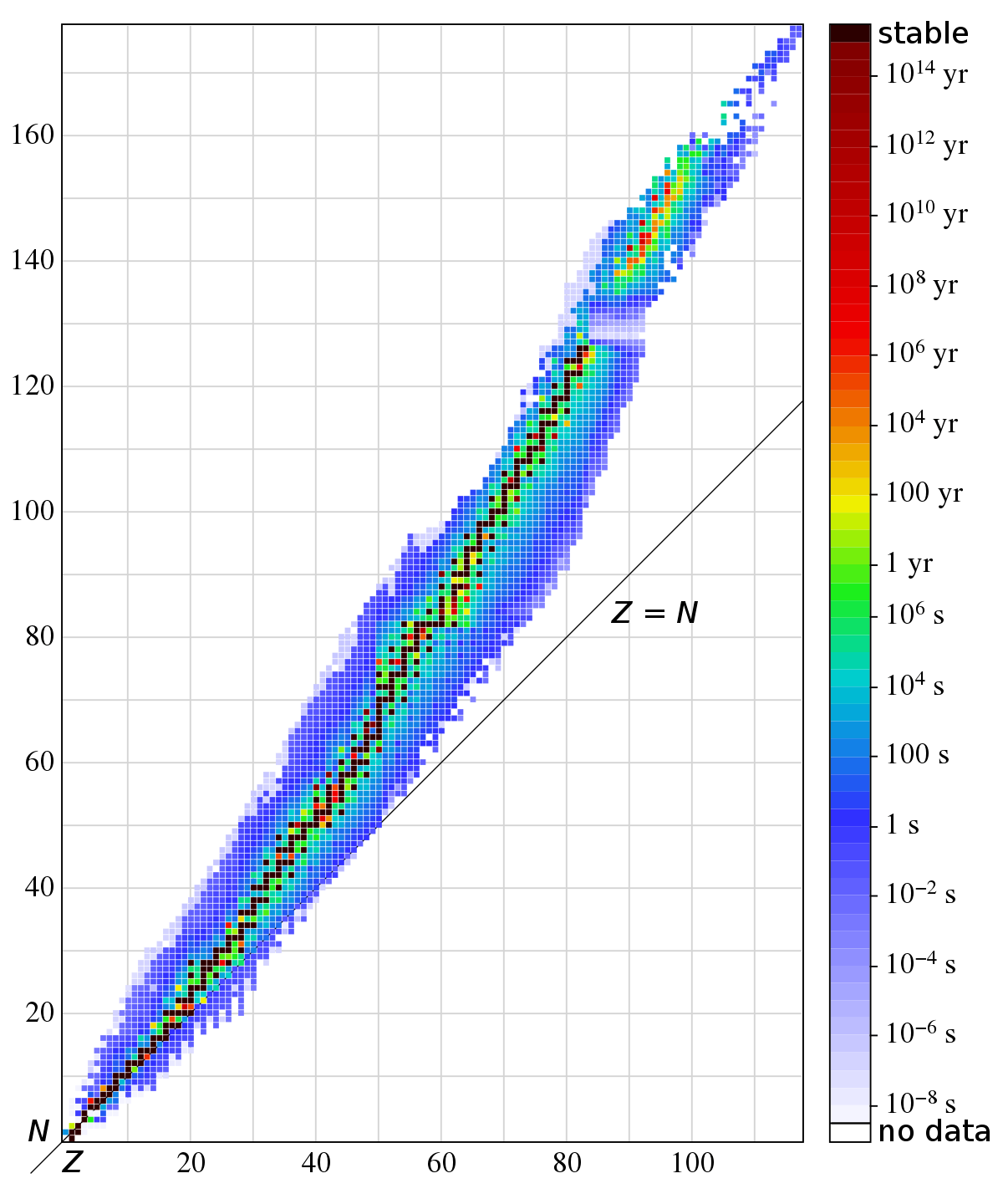The short answer is that it's ultimately down to the number 43 (the number of protons technetium has) and the number of neutrons that could potentially form stable isotopes being atomically weird numbers.
The picture below shows relative stabilities of isotopes of different elements. N represents the number of neutrons, Z represents the number of protons. As a starting rule, moving above or below the N=Z line (creating an excess of protons or an excess of neutrons) tends to decrease overall stability.

You can see for lower atomic numbers, the most stable isotopes closely follow N=Z because protons and neutrons "balance" each other in the nucleus. But as you increase the atomic number (and therefore the number of protons), the protons begin to repel each other more strongly, which means additional neutrons are needed to make the nucleus stable. This is why the "line of stability" (the line of dark red "stable" elements) increases above the N=Z line as you increase the atomic number. Deviation from this line means an atom is less "beta stable" (and therefore more likely to beta-decay).
There are certain "magic" numbers of protons and neutrons that are more stable than others because they comprise a full shell. These occur at 2, 8, 20, 28, 50, 82, and 126. This means nuclei that have (or are very close to) one of these numbers of protons, or neutrons, or protons + neutrons, are inherently more stable. If you look at the other stable isotopes on the graph, you would expect a stable isotope of technetium would need around 55 neutrons to follow the line of stability.
As it turns out, the combinations of 43 protons and 55 (± a few) neutrons just can't form a stable enough configuration to not beta-decay.